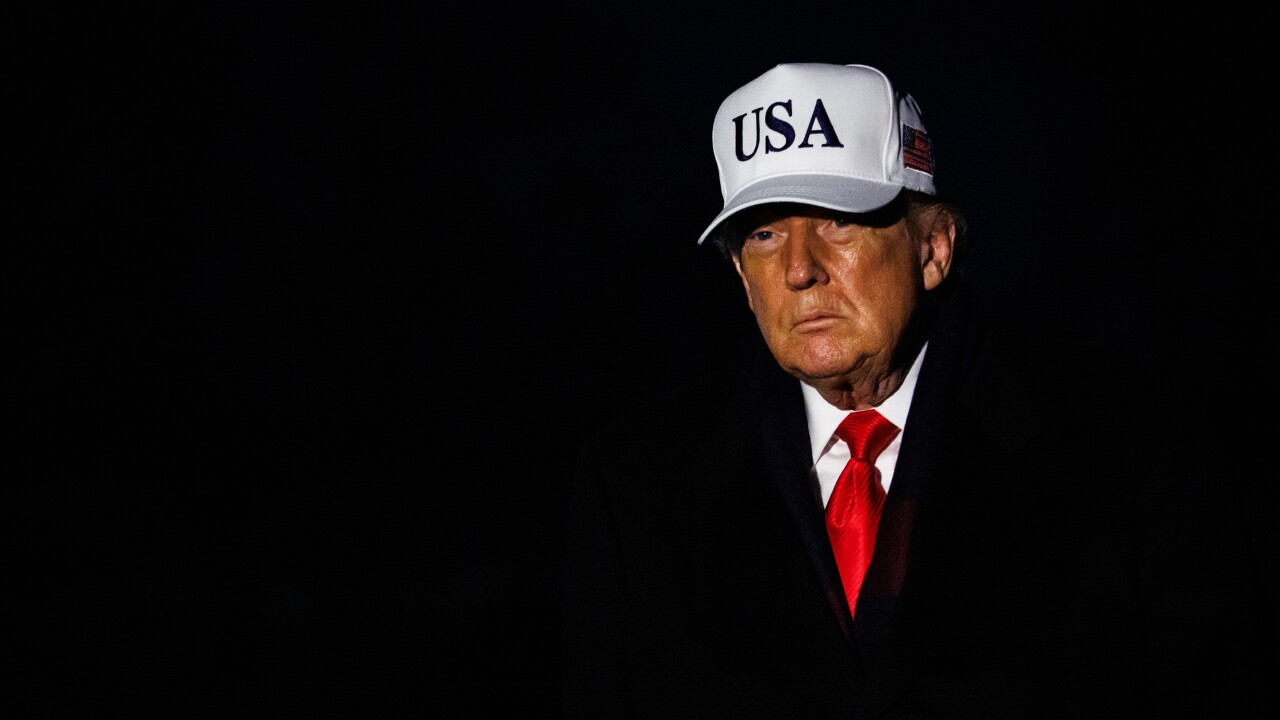When a major international bank was looking to improve the response rates for its credit card mailers in 2017, rather than changing the graphics or upgrading the paper stock, it turned to a firm that could offer guidance on how consumers make decisions.
It was trying to tap into the insights of behavioral economics, a discipline that uses psychological observations about human behavior to analyze and predict how people will act. And the use of such tactics is on the rise by bank and fintechs alike.
One major selling point in the bank’s initial mailers was that the customers had been “preapproved,” said Wei Ke, a managing partner at Simon Kucher & Partners, the global strategy and marketing consultancy that worked on the assignment.

But terms like “preapproved” appear on so much mail from financial services companies that it has ceased to have any real meaning to consumers, Ke said.
It’s an issue that any behavioral economist would recognize. People make the vast majority of decisions on any given day instantly, using shortcuts known as “heuristics” — mental rules of thumb that prevent getting bogged down by constant indecision. Learning to ignore “preapproved” offers is simply a heuristic that millions of financial services customers have found useful in sorting through each day’s pile of mail.
“People see the word ‘preapproved’ and get tuned out,” Ke said. “This is just another piece of junk mail.”
But there are ways to reinforce the benefit of what is being offered, and thus spark interest. “We found that, if you do a bit of research and get into the meaning of preapproval in the minds of the customers, there are a couple of things that come out. Preapproval means there is a time-saving element. There’s the benefit of the certainty. Customers like certainty.”
Using customer surveys, Ke’s firm developed a short list of the benefits of preapproval, and then redesigned the offer letter. “We used checkboxes and a very simple table that lists the three or four benefits that bubble to the top, and compare and contrast that with a normal credit offer.”
By calling consumers’ attention to the elements of the offer that they would likely see as valuable, the new mailers generated a response rate 40% higher than the previous version had a year earlier.
The concept of behavioral economics is not new. Car salesmen and advertising experts have long understood the power of an individual’s unconscious biases, insecurities, and occasional irrationality to influence even major decisions. In the 1960s and ’70s, it began to emerge as a field of serious study. Since then, experts in the field have collected two Nobel Prizes in economic sciences, the most recent going to Richard Thaler in 2017.
The win has fired up momentum on the topic in the financial services sector, though it had been gaining prominence even before.
From fintech startups to large banks like USAA, BBVA and CIBC, detailed analysis of consumer behavior is becoming increasingly important to how they see their future customer relationships evolving, said Aurelie L’Hostis, a London-based analyst with Forrester Research.
And the aim isn’t just to make consumers more likely to act on a credit card offer or to open a new savings account. The idea is to use insights gained from observing a customer’s habits to provide them with “actionable recommendations based on a real understanding of their economic position.”
Where the trend was recently to focus on so-called gamification of the customer’s relationship with a financial institution, L’Hostis said that cutting-edge institutions are moving beyond that toward practices that have shown to be more effective at influencing customer behavior over the long term.
One of the world’s foremost experts in the field, Duke University professor Dan Ariely, is also the chief behavioral economist for Qapital, a Swedish fintech that developed an app for mobile phones to help people develop strategies to increase savings.
L’Hostis said this is an area where banks can improve. Customers are more likely to develop and stick to a savings strategy if banks are able to collect data about their financial position and then show them how they compare with similarly situated peers. And customers who see themselves successfully moving toward a stronger financial position are going to value their relationship with the institution that helped them get there.
But before banks begin planning to use the insights of behavioral economics to pull in more customers and increase the engagement of those they already have, they might want to pause for some more analysis, warned Christopher Skinner, managing partner at MakeBuzz, a software firm that develops customer relationship management solutions.
Particularly when it comes to applying new technology to predicting and directing customer behavior, he said, there’s a tendency “to put the technology cart before the psychology horse.”
A lot of data about customer behavior is easy to collect, Skinner said, but “cookie data, click data, and past sales data” may not be as valuable as bankers think.
“Behaviors are temporary states,” he said. “Today I woke up happy. Tomorrow I wake up mad. How do you design marketing around that? How do you design anything around that?”
He favors data that is “harder to acquire but more reliable and more connected to profitability.” This type of data, like personality traits, can help a bank cultivate a long-term, mutually beneficial relationship.
But customers should be clear about that being the ultimate goal, because if there is any fuzziness, other heuristics could kick in, like those that give them the sense they are being manipulated or taken advantage of.
“Humans have a way of detecting these things,” Skinner said. If a customer interaction “comes across as off-putting, and you’re dealing with something as sensitive as a loan, it can be a very bad experience. You have to apply these things cautiously.”





